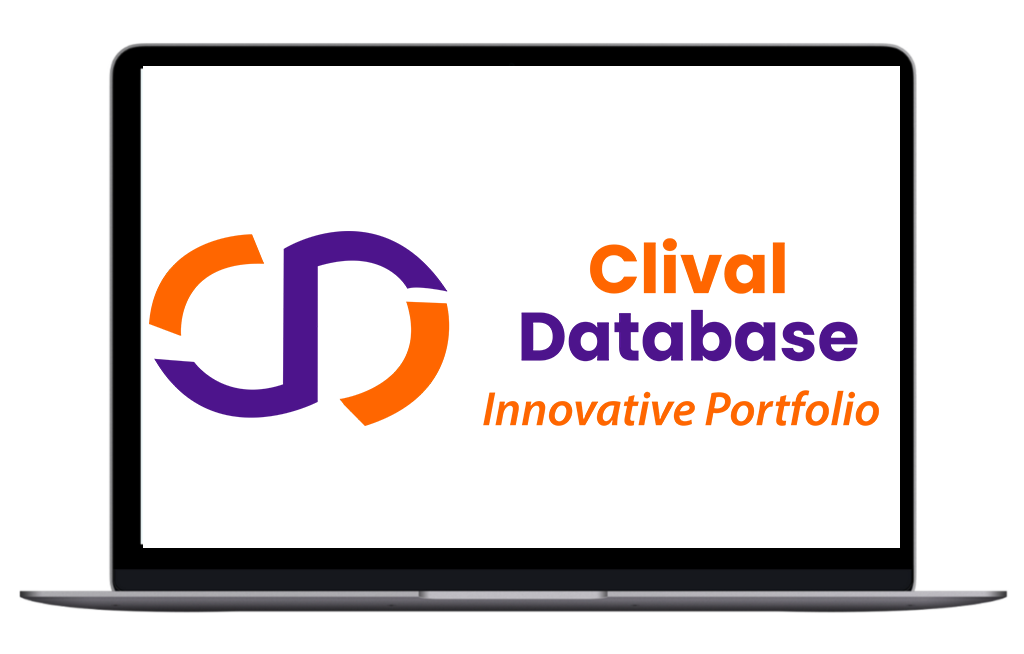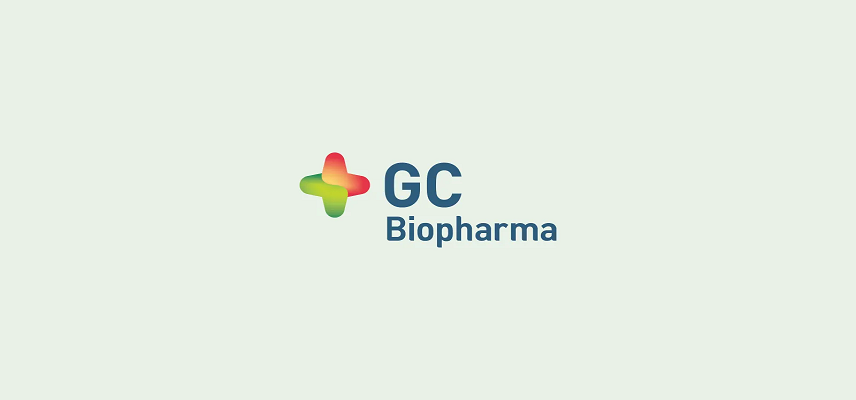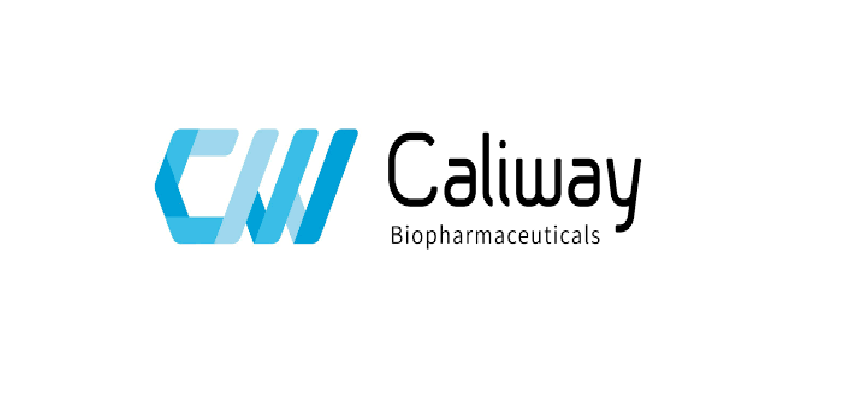Ema Approves Dupixent for Add-On Maintenance Treatment in Uncontrolled COPD
EMA approves Dupixent as an add-on maintenance treatment for adults with uncontrolled COPD
Overview
The European Medicines Agency (EMA) has approved Dupixent (dupilumab) as an add-on maintenance treatment for adults with uncontrolled chronic obstructive pulmonary disease (COPD) characterized by raised blood eosinophils. Specifically, the approval covers patients already on a combination of an inhaled corticosteroid (ICS), a long-acting beta2-agonist (LABA) and a long-acting muscarinic antagonist (LAMA), or on a combination of a LABA and a LAMA if ICS is not appropriate. The EMA is the first regulatory authority in the world to approve Dupixent for COPD patients. Additional submissions are under review with other regulatory authorities around the world, including in the US, China, and Japan.
Words from CEO: Global Allergy & Airways Patient Platform
- Tonya Winders, president & CEO of Global Allergy & Airways Patient Platform, said: “As a progressive and devastating disease, COPD leads to suffering from breathlessness that limits a person’s ability to conduct everyday activities such as walking up the stairs or to the mailbox.”
- Many patients feel marginalized and isolated because of the physical and mental toll of the disease. After more than a decade of limited treatment advancements for those living with uncontrolled COPD, we are now in a new era of disease management for patients and caregivers, and we welcome the addition of innovative, new treatments such as Dupixent to help manage this progressive and irreversible disease.
Words from CEO: Sanofi
- Paul Hudson, chief executive officer at Sanofi, said: “Patients with uncontrolled COPD have been waiting for a new treatment approach for many years, so we are thrilled to bring to market the first biologic to target an underlying cause of this devastating disease to reduce COPD exacerbations and improve lung function.”
- With today’s approval of Dupixent, we can change the treatment landscape for the more than 200,000 patients throughout the EU living with uncontrolled COPD with raised blood eosinophils. We look forward to working with other regulators around the world as quickly as possible to bring this novel treatment approach to patients in more countries.
Behind Approval: Phase 3 BOREAS and NOTUS Studiesz
- The approval is based on results from the landmark phase 3 BOREAS and NOTUS studies, which were separately published in The New England Journal of Medicine and evaluated the efficacy and safety of Dupixent in adults with uncontrolled COPD with evidence of type 2 inflammation (i.e., blood eosinophils =300 cells per µL).
- All patients were on background maximal standard-of-care inhaled therapy (with nearly all on triple therapy).
- In terms of efficacy, Dupixent patients in BOREAS (n=468) and NOTUS (n=470) experienced the following, respectively, compared to placebo (BOREAS n=471; NOTUS n=465):
- The Outcomes 30% and 34% reduction in the annualized rate of moderate or severe COPD exacerbations over 52 weeks, the primary endpoint.
- Improvements in lung function (pre-bronchodilator FEV1) from baseline by 160 mL and 139 mL at 12 weeks compared to 77 mL and 57 mL. These improvements were observed as early as week 2 and 4 and were sustained at 52 weeks in both studies.
- Improvements in health-related quality of life (statistically significant in BOREAS and nominally significant in NOTUS), as assessed by the St. George’s Respiratory Questionnaire.
- Reductions in exacerbations and improvements in lung function for Dupixent versus placebo were also observed in patients with higher baseline fractional exhaled nitric oxide (=20ppb) - an airway biomarker of inflammation – and across all pre-defined subgroups including smoking status, baseline lung function, and history of exacerbations.
Safety Results
- Safety results in both studies were generally consistent with the known safety profile of Dupixent in its approved indications.
- The most common side effects across indications include injection site reactions, conjunctivitis, conjunctivitis allergic, arthralgia, oral herpes, and eosinophilia.
- Adverse events more commonly observed with Dupixent (=5%) compared to placebo in either COPD study were back pain, Covid-19, diarrhoea, headache and nasopharyngitis.
- Additional adverse reactions of injection site bruising, injection site induration, injection site rash and injection site dermatitis were reported in the COPD studies.
Words from CSO: Regeneron
- George D. Yancopoulos, M.D., Ph.D., board co-chair, president and chief scientific officer at Regeneron, said: “The approval of Dupixent for COPD is a long-awaited turning point for those who struggle to breathe even through the simplest of tasks, while also facing the risk of hospitalization, irreversible health decline and feelings of hopelessness.”
- With this approval, we are proud that Dupixent has the potential to redefine the treatment landscape in yet another disease, as a first-in-class therapy demonstrating unprecedented improvements on exacerbations and lung function, as well as improving health-related quality of life across two large phase 3 trials.
About COPD
- COPD is a respiratory disease that damages the lungs and causes progressive lung function decline and is the fourth leading cause of death worldwide.
- Symptoms include persistent cough, excessive mucus production and shortness of breath that may impair the ability to perform routine daily activities, which may lead to sleep disturbances, anxiety, and depression.
- COPD is also associated with a significant health and economic burden due to recurrent acute exacerbations that require systemic corticosteroid treatment and/or lead to hospitalization.
- Smoking and exposure to noxious particles are key risk factors for COPD, but even individuals who quit smoking can still develop or continue having the disease.
- There have been no new treatment approaches approved for more than a decade.
Phase 3 Studies
- BOREAS and NOTUS were replicate, randomized, phase 3, double-blind, placebo-controlled studies that evaluated the efficacy and safety of Dupixent in adults who were current or former smokers with moderate-to-severe COPD with evidence of type 2 inflammation, as measured by blood eosinophils =300 cells per µL.
- The studies enrolled 1,874 patients who were aged 40 to 80 years in BOREAS and 40 to 85 years in NOTUS.
During Trial Period
- During the 52-week treatment period, patients in BOREAS and NOTUS received Dupixent or placebo every two weeks added to a maximal standard-of-care inhaled triple therapy of ICS, LABA and LAMA.
- Double maintenance therapy, which included LABA and LAMA, was allowed if ICS was not appropriate.
Primary & Secondary Endpoint
- The primary endpoint for BOREAS and NOTUS evaluated the annualized rate of moderate or severe COPD exacerbations.
- Moderate exacerbations were defined as those requiring systemic steroids and/or antibiotics.
- Severe exacerbations were defined as those requiring hospitalization; requiring more than a day of observation in an emergency department or urgent care facility; or resulting in death.
- Key secondary endpoints included change from baseline in lung function (assessed by pre-bronchodilator forced expiratory volume [FEV1]) at 12 and 52 weeks, change from baseline at 52 weeks in SGRQ total score compared to placebo, and safety.
- Sanofi and Regeneron are motivated to transform the treatment paradigm of COPD by examining the role different types of inflammation play in the disease progression through the investigation of two potentially first-in-class biologics, Dupixent and itepekimab.
About Dupixent
- Dupixent inhibits the signalling of the interleukin-4 (IL4) and interleukin-13 (IL13) pathways and the program focuses on a specific population of people with evidence of type 2 inflammation.
- Itepekimab is a fully human monoclonal antibody that binds to and inhibits interleukin-33 (IL-33), an initiator and amplifier of broad inflammation in COPD.
About Itepekimab
Itepekimab is currently under clinical investigation in two phase 3 studies, and its safety and efficacy have not been evaluated by any regulatory authority.
Dupixent Development
- Dupixent is a fully human monoclonal antibody that inhibits the signalling of the interleukin-4 (IL4) and interleukin-13 (IL13) pathways and is not an immunosuppressant.
- The Dupixent development programme has shown significant clinical benefit and a decrease in type 2 inflammation in phase 3 studies, establishing that IL4 and IL13 are key and central drivers of the type 2 inflammation that plays a major role in multiple related and often co-morbid diseases.
Dupixent: Regulatory Approvals
- Dupixent has received regulatory approvals in more than 60 countries in one or more indications including certain patients with atopic dermatitis, asthma, chronic rhinosinusitis with nasal polyposis, eosinophilic esophagitis, prurigo nodularis, chronic spontaneous urticaria, and COPD in different age populations.
- More than 900,000 patients are being treated with Dupixent globally.
About Dupilumab Development
- Dupilumab is being jointly developed by Sanofi and Regeneron under a global collaboration agreement.
- To date, dupilumab has been studied across more than 60 clinical studies involving more than 10,000 patients with various chronic diseases driven in part by type 2 inflammation.
Dupilumab Studies for Other Indications
- In addition to the currently approved indications, Sanofi and Regeneron are studying dupilumab in a broad range of diseases driven by type 2 inflammation or other allergic processes in phase 3 studies, including chronic pruritus of unknown origin and bullous pemphigoid.
- These potential uses of dupilumab are currently under clinical investigation, and the safety and efficacy in these conditions have not been fully evaluated by any regulatory authority.
Regeneron Company
- Regeneron is a leading biotechnology company that invents, develops and commercializes life-transforming medicines for people with serious diseases.
- Founded and led by physician-scientists, our unique ability to repeatedly and consistently translate science into medicine has led to numerous approved treatments and product candidates in development, most of which were homegrown in our laboratories.
About Sanofi
Sanofi is an innovative global healthcare company, driven by one purpose: the company chase the miracles of science to improve people’s lives.

Optimize Your trial insights with Clival Database.
Are you exhausted from the uncertainty of trial insights pricing? Clival Database ensures the clarity in the midst of the global scenario for clinical trials to you.Clival Database is one of the best databases that offers an outstanding number of clinical trial data in terms of 50,000+ molecules and from primary regulatory markets as well as new entrants like Indian and Chinese markets.
With Clival, you get accurate positioning of historical sales data, patent database, company profiling, safety & efficacy, and prediction of launch of new innovative molecules helping you to align your research and driving down the cost.
To add value, we further break down our analytics for you so that improving your operational effectiveness; optimizing your clinical trials; and offering you accurate and high-quality data at lowest possible prices becomes possible.
Elevate your trial success rate with the cutting-edge insights from Clival database.
Check it out today and make more informed sourcing decisions! Learn More!







